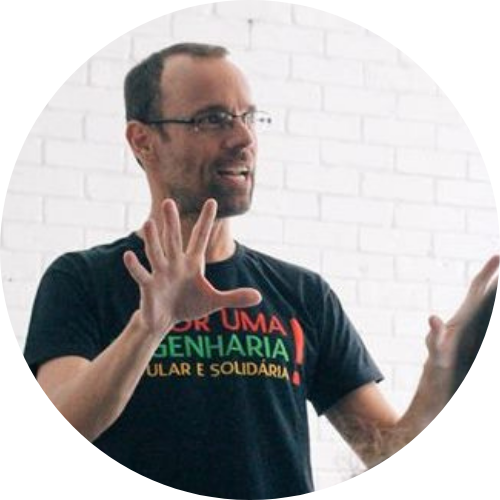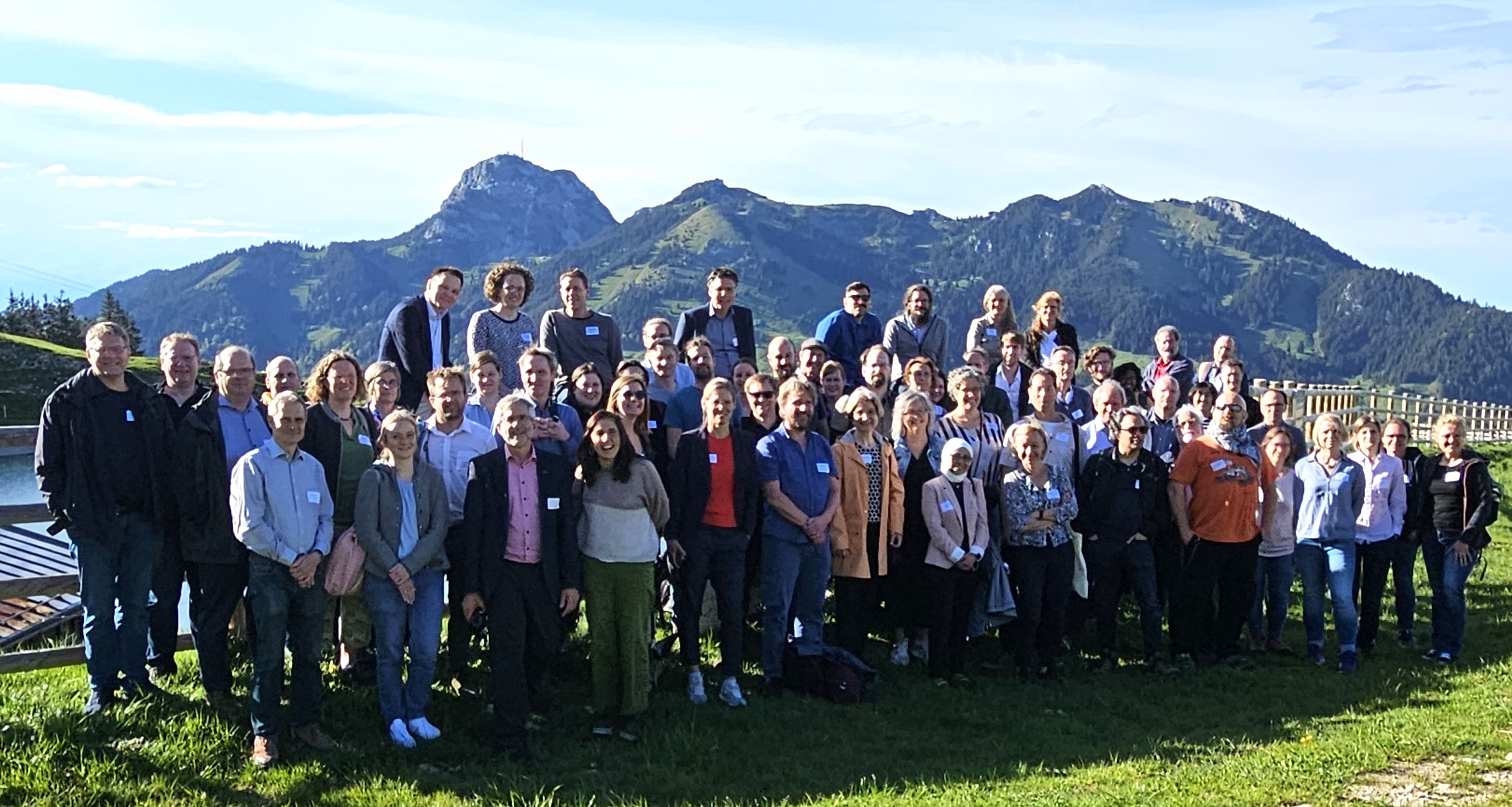Proceedings and videos of keynotes The conference proceedings and recorded keynote videos from the 12th…

Brazilian Popular Engineering (PE) is one among many different engineering initiatives aiming at socio-environmentally changing the world through the practice of, and training to, other possible engineerings (i.e., non-conventional or counter-hegemonic engineering practices). These other engineerings include a wide variety of practices, from the entrepreneurial approach sought by Enactus to the humanitarian guiding ideals of Engineers Without Borders to more emancipatory perspectives like (part of) the participatory design tradition and PE. In South America, we encompass all these practices under an umbrella term, “engaged engineering.”
In common, in addition to seeing themselves as less or more different from mainstream engineering, engaged engineers understand that they empower the groups or communities they work with (or assist). Such empowerment has at least eight different dimensions that range from fostering sociotechnical inclusion (i.e., assuring fundamental sociotechnical conditions for a (more) dignified human existence) to cultivating political emancipation (by encouraging the community to advance its political potentialities and build alliances with other actors that enlarge its potential to pursue the changes it wants for itself and society).
Popular engineering, which seeks to help construct a post-capitalist world, aims to address all these dimensions and develop its interventions with critical thinking and care. For that to happen, popular engineers rely on popular education processes and action-research methodologies in their interventions. That is done in order not only to recover the group’s knowledge and establish an honest and horizontal dialogue of knowledge with it but also to know the group’s political demands and associate with it in these fights. Despite PE’s commitment to post-capitalism, what exactly these other possible worlds, or the engineerings required for such constructions, can be are things PE can only learn with the help of the groups it works with.
Similar arrangements, associations, and outcomes can also be found in practices like the emancipatory strand of the participatory design tradition and the community-empowerment work developed by Techo (as a step forward regarding its much more famous humanitarian interventions).
This way, when closely considered, emancipatory engineering practices exhibit at least four additional layers to conventional engineering:
- Ontological layer: they learn and co-imagine/co-realize with the group what engineering and reality can be;
- Political layer: they commit to the group’s political fights for this other possible reality to come true (even if only locally);
- Epistemological layer: they continuously learn how to do emancipatory engineering, improving their intervention methodologies and enlarging the intervention’s supporting technical-scientific knowledge through, among other things, the dialogue of knowledge established with the partner/supported group;
- Ethical layer: they act with care, empathy, and critical sense.
In this scheme, ethics, which is frequently taken as the central element for the socio-environmentally committed engineerings taught by many progressive educational programs worldwide, turns out to be one among three other layers. Alone, it will probably fall greatly short in supporting emancipation through sociotechnical interventions.
Either way, if PE training and practice can be enlightening here, for educating engineers capable of emancipatory engineering practice, we have to: a) take practice (i.e., service learning) as the structuring element of the educative experiences we provide; b) conceive the intervention as a learning/research place (for all the four layers presented above); c) nurture care and relationships; d) come up with processes that can encourage emancipation and dreaming other possible worlds (like popular education); e) genuinely commit to the group’s fate and political challenges.
For more about some of the points sketched here:
- Popular engineering practice and training: Cruz, C. (2021): Brazilian grassroots engineering: a decolonial approach to engineering education, European Journal of Engineering Education,
- Empowerment, emancipation, and engineering interventions’ empowering dimensions: Kleba, J. and Cruz, C. (2021): From empowerment to emancipation – A framework for empowering sociotechnical interventions, International Journal of Engineering, Social Justice and Peace.
- Engaged engineering practices in general: Alvear, C., Cruz, C., and Kleba, J. (Org.) (2021): Engenharia e outras práticas ténicas engajadas – Volume 1: redes e movimentos. Campina Grande (Brasil): EDUEPB. Free download. (Chapters in Portuguese, Spanish, and English)
For contact: cristianoccruz@yahoo.com.br
